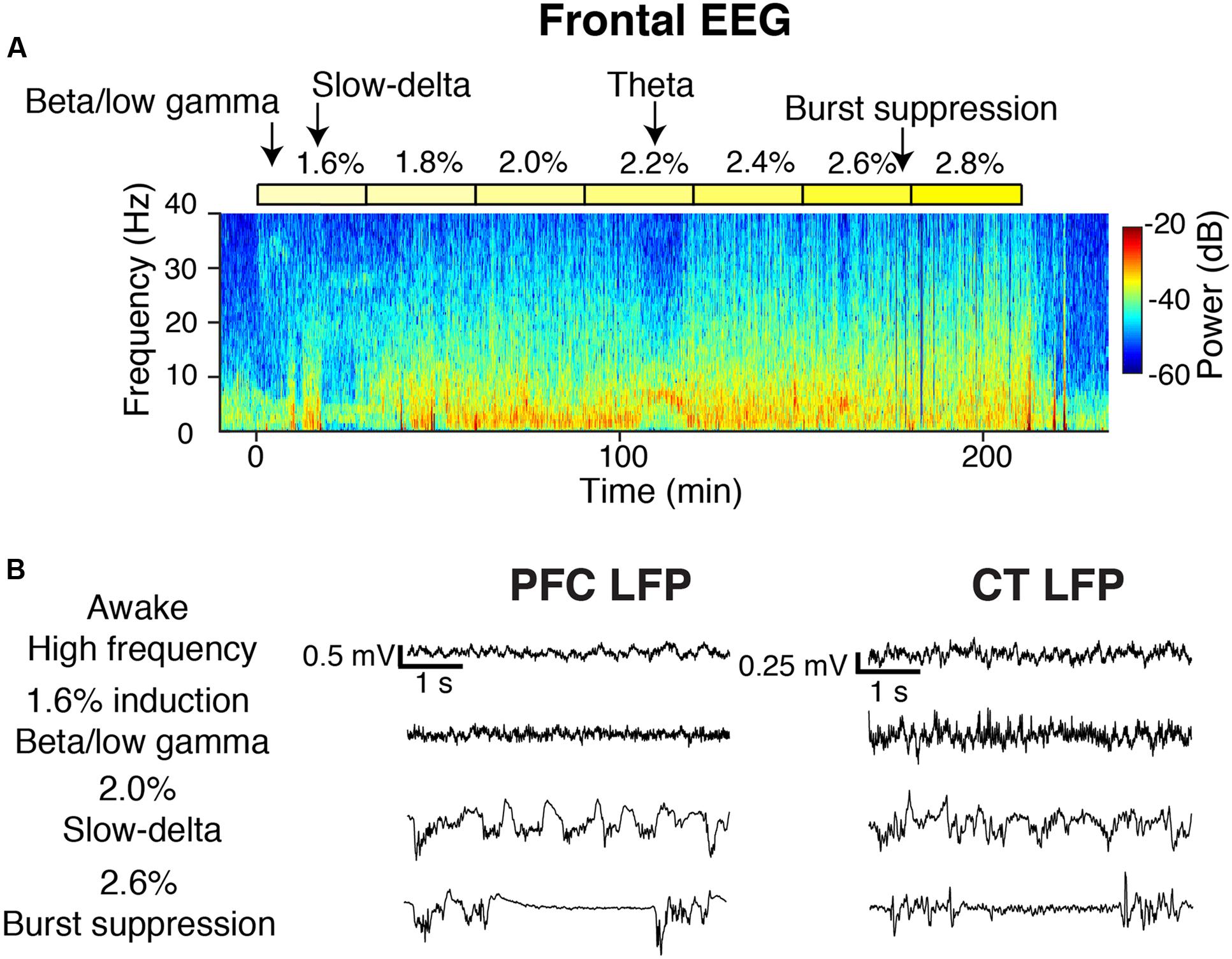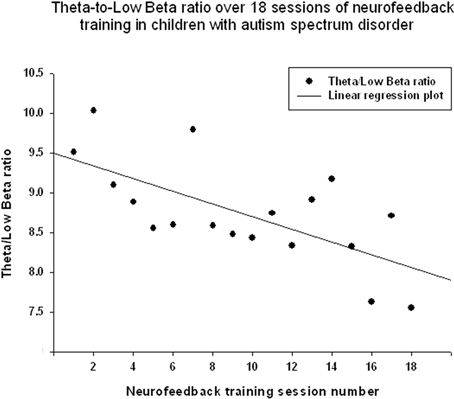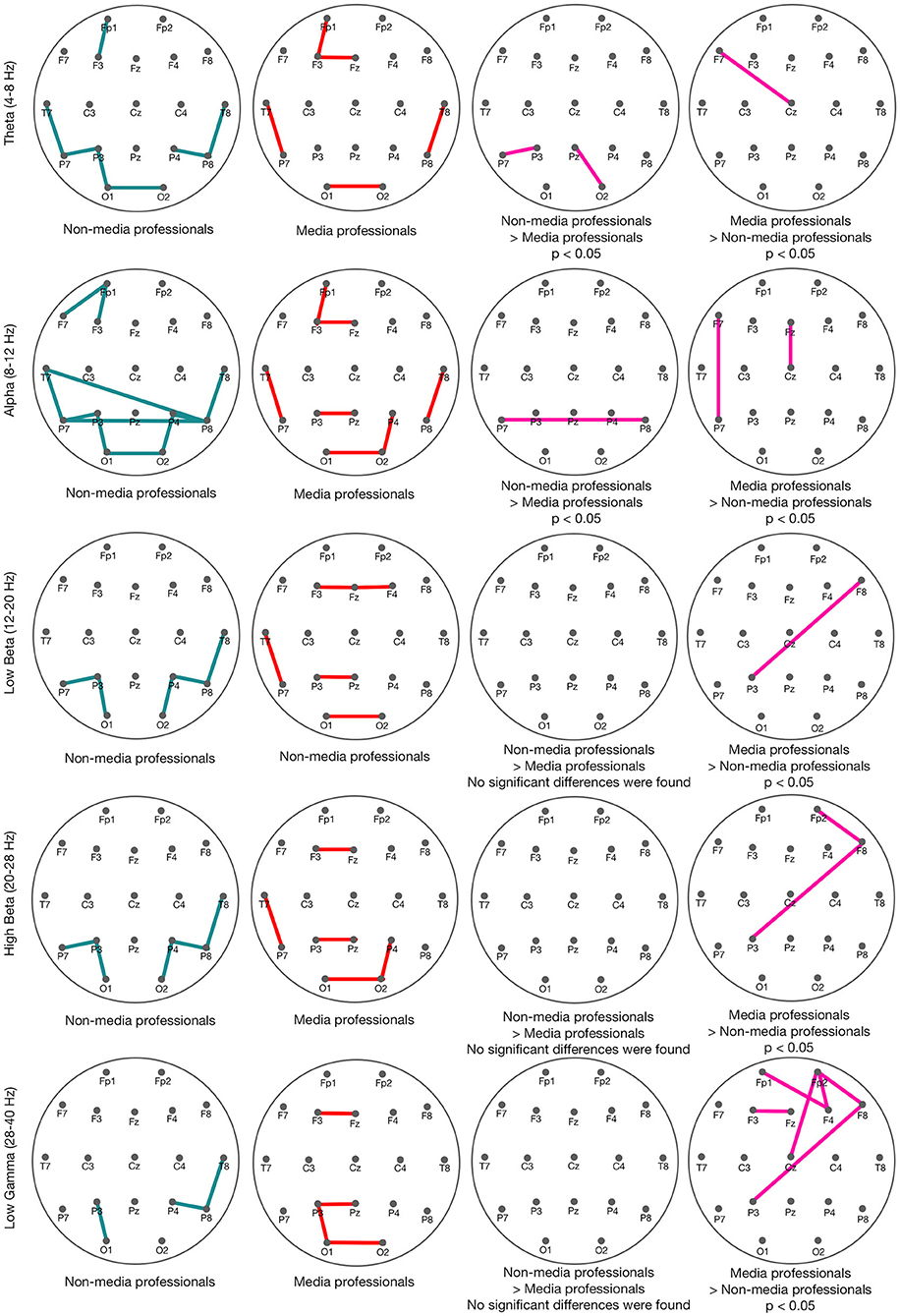In the world of investing, there are countless options to choose from. One investment option that has gained popularity among investors is the Low Beta High Dividend ETF. This unique investment vehicle offers a combination of stability and consistent income generation, making it an attractive choice for those looking to build a resilient portfolio.
Definition and Explanation of a Low Beta High Dividend ETF
A Low Beta High Dividend ETF is an exchange-traded fund that focuses on selecting stocks with low volatility and high dividend yields. Low beta stocks provide stability during market turbulence, while high dividends offer a reliable income stream through regular dividend payments.
This combination appeals to investors seeking steady returns and income generation. It’s important to evaluate each fund’s specific criteria before making investment decisions. In summary, a Low Beta High Dividend ETF aims to provide stability and income opportunities through carefully selected stocks.
Why It Is an Attractive Investment Option
Investing in Low Beta High Dividend ETFs offers a compelling proposition for investors seeking stability and income. These exchange-traded funds possess the unique ability to provide a cushion against market volatility while generating consistent cash flow through high dividend yields.
For conservative investors who prioritize capital preservation, the allure of Low Beta High Dividend ETFs is evident. By investing in stocks with low beta, these ETFs mitigate the potential for large swings in value during turbulent market periods.
This stability can instill confidence and peace of mind, allowing investors to weather market fluctuations without sacrificing their hard-earned capital.
Furthermore, the appeal extends beyond stability to income generation. In today’s low-interest-rate environment where traditional fixed-income investments may fail to offer attractive yields, Low Beta High Dividend ETFs present an alternative avenue for generating consistent income.
The high dividend yields offered by these ETFs become especially advantageous for investors seeking regular cash flow or looking to supplement their existing income streams.
The combination of stability and reliable cash flow makes Low Beta High Dividend ETFs an enticing choice for investors who value both capital preservation and income generation. With this investment option, individuals can enjoy the benefits of a predictable stream of earnings while minimizing their exposure to market volatility.
In summary, Low Beta High Dividend ETFs represent an attractive investment option due to their ability to provide stability through low beta stocks and consistent income generation via high dividend yields.
For those seeking a balance between capital preservation and reliable cash flow, this investment avenue presents a compelling opportunity in today’s ever-changing financial landscape.
Definition and Explanation of Beta
Beta is a measure of a stock’s volatility in relation to the overall market. It indicates how likely a stock is to move in sync with the broader market.
A beta value of 1 means that the stock tends to move in line with the market, while a value less than 1 suggests lower volatility compared to the market, and a value greater than 1 indicates higher volatility.
In summary, beta provides crucial information about a stock’s volatility in relation to the broader market. A low beta suggests lower volatility and potentially less risk, while a high beta indicates higher volatility and increased potential for both gains and losses.
Understanding this concept empowers investors with valuable insights when making investment decisions.
How Beta Is Calculated and What It Signifies
Beta is a widely-used metric in finance that measures the volatility of a stock or ETF compared to the overall market. By comparing historical price movements, beta helps investors assess the potential risks and rewards of an investment. A beta below 1 suggests lower volatility, while a beta above 1 indicates higher volatility.
Understanding beta is essential for evaluating risk levels and making informed investment decisions. However, it should be considered alongside other factors such as company fundamentals and economic conditions for a comprehensive analysis.
Importance of Beta in Assessing Risk and Returns
Understanding beta is crucial for evaluating risk and potential returns in investments. Stocks with low beta are considered less risky as they have historically shown lower price fluctuations. This makes them more stable during market downturns, providing a sense of security to investors.
Incorporating low-beta investments into a portfolio helps balance risk exposure and reduces overall volatility. By considering beta, investors can align their risk tolerance with investment choices, leading to a resilient portfolio. Investing in low beta high dividend ETFs offers stability and regular income through dividends.
Overall, understanding and utilizing beta allows for informed decision-making and the potential for attractive returns.
| Benefit | Description |
|---|---|
| Stability during downturns | Low-beta stocks hold value better than high-beta stocks during market downturns, providing stability and security. |
| Portfolio diversification | Incorporating low-beta investments balances risk exposure and reduces volatility. |
| Alignment with risk tolerance | Considering beta aligns investment choices with risk tolerance, ensuring a suitable portfolio. |
| Potential for attractive returns | Understanding the relationship between beta and potential returns leads to a well-rounded portfolio aiming for attractive long-term returns. |
| Income generation | Investing in low beta high dividend ETFs offers regular cash flow through dividends from stable earnings companies. |
Lower Volatility Compared to the Broader Market
Low Beta High Dividend ETFs offer investors a distinct advantage by providing lower volatility compared to the broader market. This characteristic is particularly appealing to those seeking a more stable investment experience and aiming to mitigate the impact of market fluctuations on their portfolio.
When we talk about lower volatility, we are referring to a smoother investment journey. By investing in stocks with low beta, which measures an asset’s sensitivity to market movements, investors can potentially avoid extreme price swings that can cause anxiety and uncertainty.
This stability allows them to stay focused on their long-term goals without being distracted by short-term market noise.
During market downturns, low-beta stocks tend to exhibit greater resilience than high-beta stocks. A prime example of this occurred during the 2008 financial crisis when the S&P 500 experienced a significant decline.
While high-beta stocks suffered substantial losses, low-beta stocks held up relatively well, providing investors with a level of protection.
The ability of Low Beta High Dividend ETFs to weather turbulent times makes them an attractive option for those looking for stability and peace of mind during market downturns.
By choosing investments with lower volatility, investors can navigate rough patches in the market with greater confidence and potentially preserve their capital more effectively.
In summary, Low Beta High Dividend ETFs offer investors the benefit of lower volatility compared to the broader market. This translates into a smoother investment journey and provides stability during market downturns.
By avoiding extreme price swings and maintaining resilience, these ETFs can help investors stay focused on their long-term goals while mitigating short-term market fluctuations.
Consistent Income Generation Through Dividends
Investing in Low Beta High Dividend ETFs provides a reliable stream of income through dividends. Dividends are regular cash payments made by companies to their shareholders, representing a portion of their profits. These ETFs focus on high-dividend-yielding stocks, allowing investors to enjoy consistent income.
Dividends are an essential part of total investment returns, offering cash flow that can be reinvested or used for various purposes. By investing in dividend-paying stocks through Low Beta High Dividend ETFs, individuals can participate in the profits of financially stable companies.
These ETFs have a track record of delivering steady dividend payouts. They hold stocks of companies with a history of consistent dividend payments and strong financial health. Some Low Beta High Dividend ETFs even increase their dividend payouts year after year, providing both stable income and potential growth.
Investing in Low Beta High Dividend ETFs offers stability and regular income generation, making it an attractive option for those seeking both capital preservation and cash flow within their investment portfolio.
In summary, investing in these types of ETFs allows individuals to benefit from consistent income generation through dividends. These investments provide a reliable stream of cash payments from financially healthy companies with a history of strong dividend payouts.
With the potential for steady income and growth over time, Low Beta High Dividend ETFs offer investors a balanced approach to stable returns.
[lyte id=’_VnsYJHesRs’]






